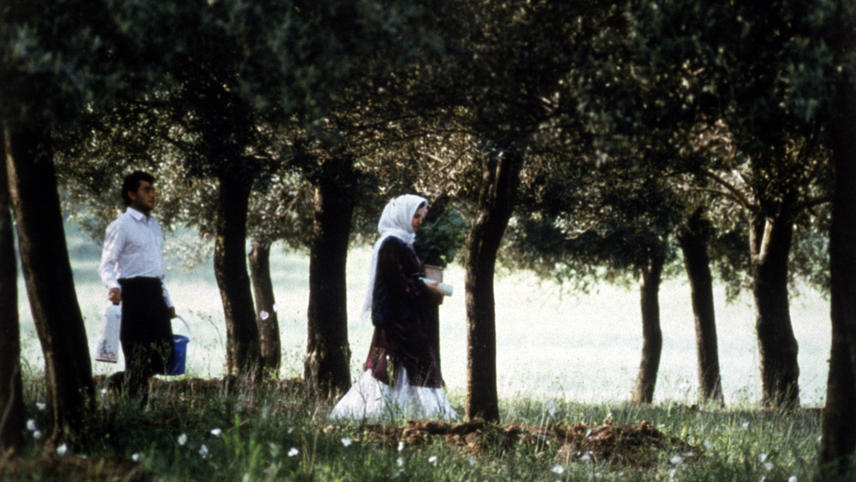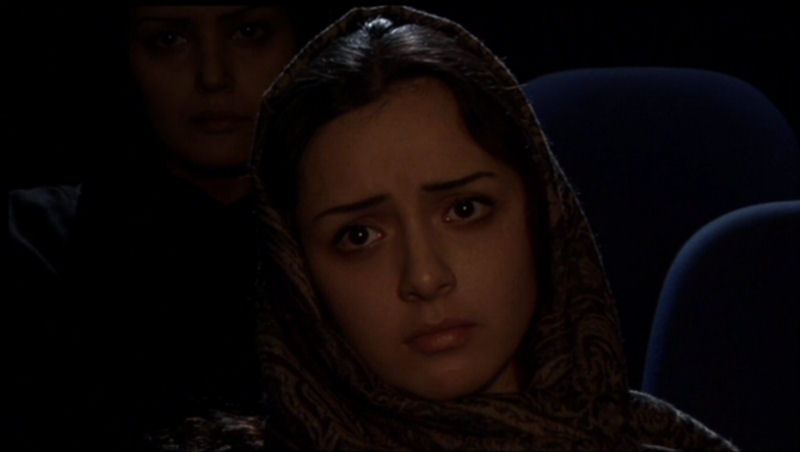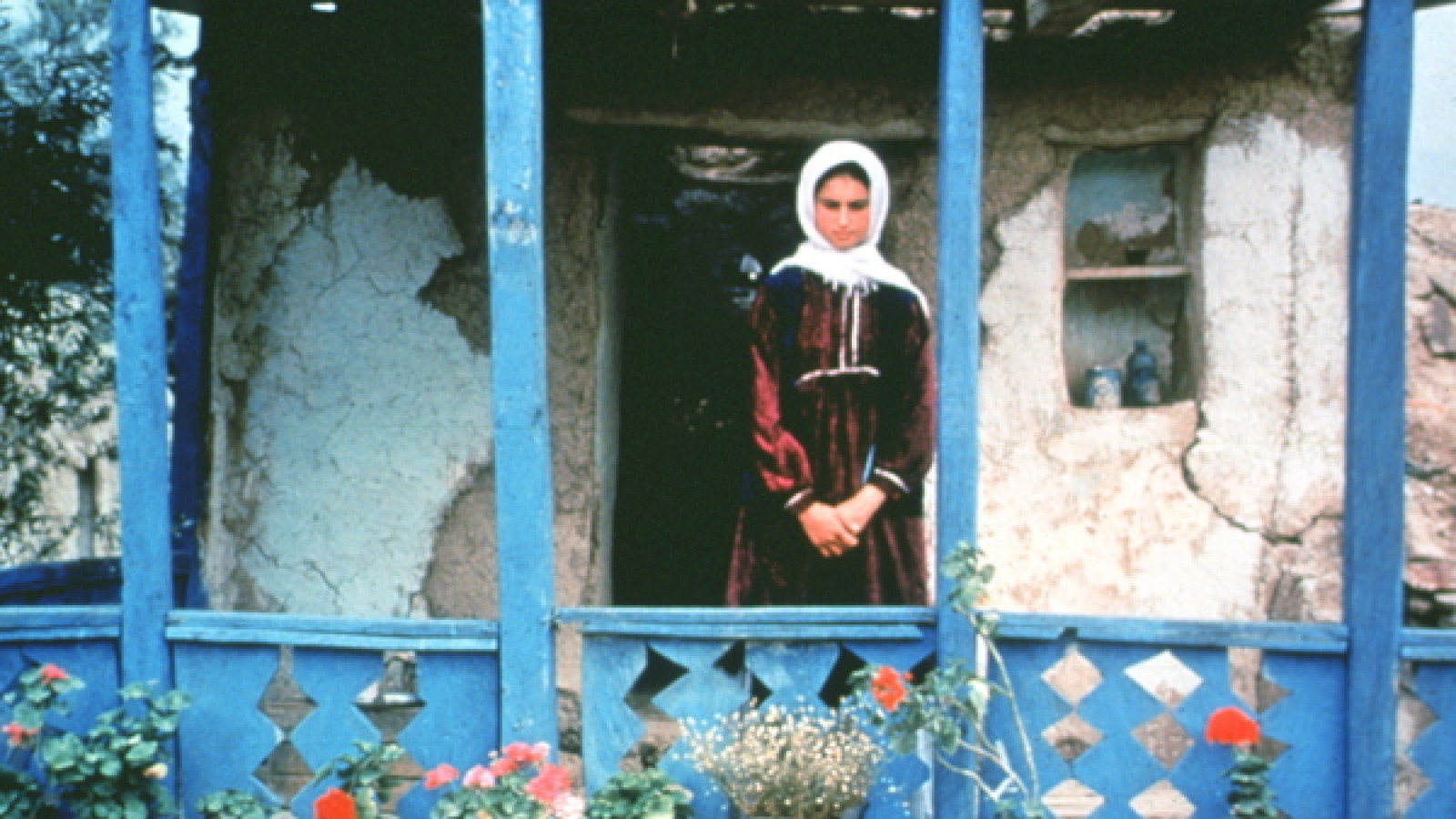REBECCA LYNES looks back at the works of Iranian film director Abbas Kiarostami, whose ceaseless experimentation transcended entertainment value.
Abbas Kiarostami’s shots have the candid quality of still photographs: statically filmed; sprawling landscapes of rural Iran; portraits framed by a car window – often his screen feels like the lovechild of documentary and poetry. The director, born in Tehran, began with a passion for fine art and Persian literature. Kiarostami grew a film career that lasted over four decades and cultivated a highly individual style that built upon and inspired Iranian New Wave. By his death in July of this year, he had earned over seventy accolades and a reputation as a “man of life, who enjoyed living and made films in praise of life.”
Taste of Cherry (1997) bears all his hallmarks in spades. A minimalist ode to life’s fragility, it is shot chiefly from the front seats of a Range Rover, in which Mr Badii drives around Tehran to look for someone willing to cover his body, after suicide, with earth. As if in a parable, he unsuccessfully propositions a Kurdish soldier who becomes frightened, and an Afghan seminarian who refuses on moral grounds. Eventually, an Azeri taxidermist, in desperate need of money, agrees. Despite his acceptance, the taxidermist still tries to talk Badii down. He too had felt suicidal, yet reconsidered when he tasted the berries on the tree he was to hang himself. Badii leaves to lie in his grave at night. We are never shown if he is alive in the morning, or even his suicidal motive for that matter. The camera then breaks the fourth wall and switches to camcorder-quality footage of the actor and some of the crew in the hills of Tehran.
The ending leaves viewers confused. Why had Kiarostami led us on a frustrating road trip, equipped with no soundtrack or background information, to forge a sympathetic bond with Badii, only to deny us the culmination of our patience? While film critic Roger Ebert thought the ending a ‘tired’ distancing strategy, it was largely critically praised. Kiarostami loved an ambiguous ending, but it was not a ‘cliff-hanger’ in the conventional sense: it resisted being one. By reminding us we are watching a film, we are denied the right to ask whether he lived or died. The answer is clear but unsatisfactory: neither. The camera stopped shooting.

The ending is but a taster of Kiarostami’s interest in portraying filmmaking through film. His so-called ‘Koker trilogy’ begins with a simple story of a boy returning a schoolbook. The second film, however, features the director of the first movie returning to Koker to check if the child actors survived the 1990 earthquake in Iran. The third film, Through the Olive Trees, features the director of the second film and his struggle to film one particular scene, thereby framing each previous work as fiction. The earthquake scenario allows him to explore his concerns as a filmmaker, both artistically and ethically. He preferred to cast actors from obscure rural villages: Homayoun Ershadi, who portrays Mr. Badii, was driving to work when Kiarostami knocked on his window and asked him to star in his movie, launching a successful acting career. By showing the post-film effects on the community, the line between documentary and fiction; and between actor, director, and audience, blurs.

Kiarostami never ceased to experiment. In the film Ten (2002), he gave his actors brief directions, then left the camera in the car, and was absent for the filming. In the 2008 feature Shirin, he showed 113 women’s expressions watching a film in a cinema. He directed shorts and documentaries, wrote books, and largely kept Iran as his subject matter, even as the vast majority of directors left after the 1979 Revolution. Of this, he compared emigration to the uprooting of the tree – he would “no longer bear fruit”.
The inspiration, the ‘taste of cherry’, was always present to Kiarostami in Iran – in its languages, its people, its vast mountainous landscapes. He looked to life to find art, and blurred the line separating the two. Though censorship regrettably limited his audience, his imprint is permanent. In response to those critics who called his work dull, Kiarostami himself joked: “Everybody knows I am not patient enough to watch one of my films from beginning to end – I never do.” That said, his films give something more than entertainment, if one is willing to give him a little patience. There are no explosions or punch lines. Instead, what you will find at his most innovative is a coexistent experience of film and production – and even at his least, something tender, unpretentious, and genuine.





